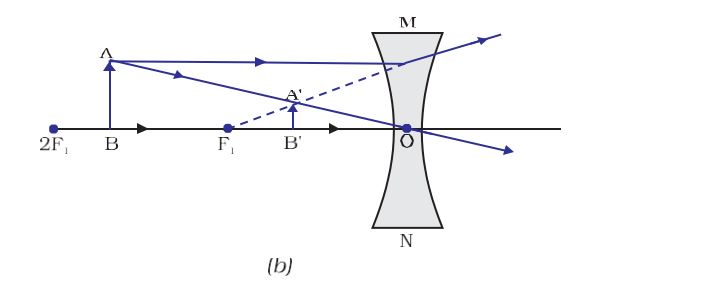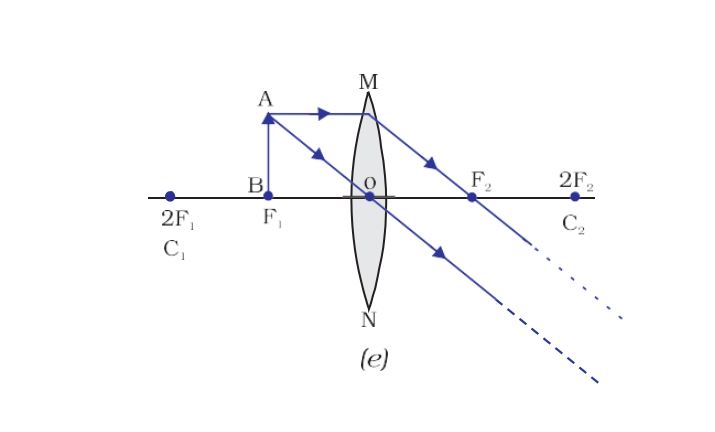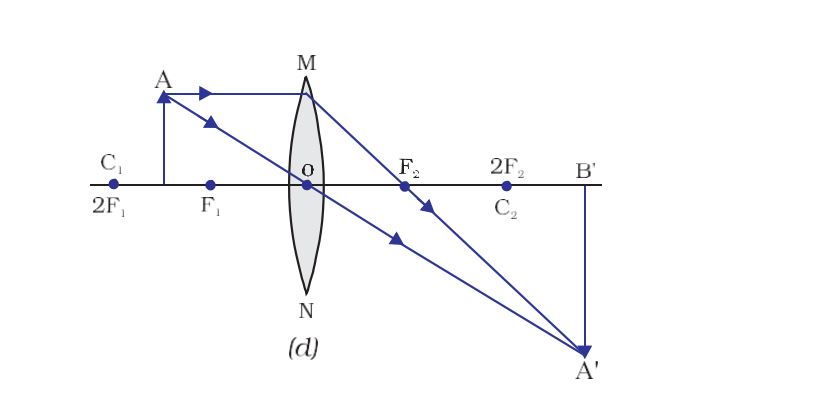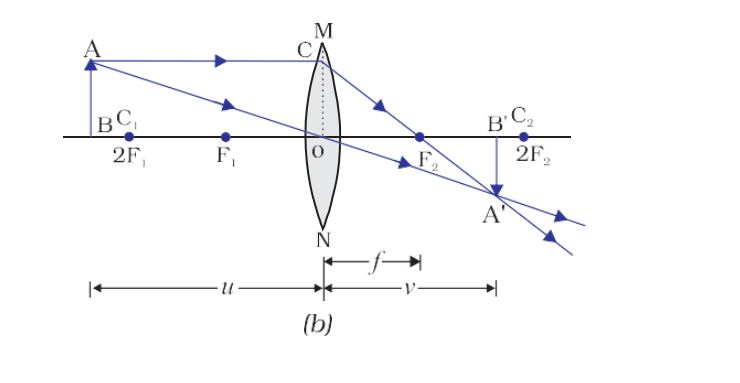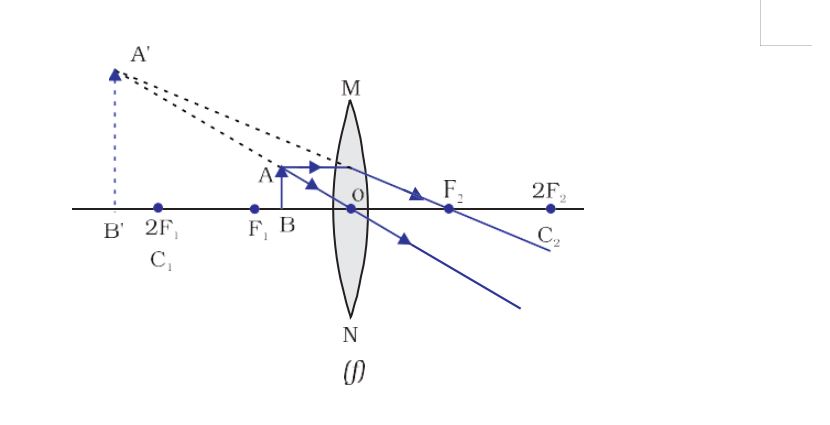Jagran Josh
Difference Between Concave and Convex Lens: Find here the differences between a concave lens and a convex lens. Here, students can learn additional details about concave lens and convex lens along with the details of concave lens vs. convex lens
Difference between Concave vs Convex Lens: Isn’t physics one of those subjects that almost every student is scared of? Well why not, given the complexity of problems and difficulty level of the concepts, the terror is for real to come. However, sufficient practice in all the important topics and clearing the basics of the subject can help students gain good marks in the toughest subject as well. Lens is one such topic that needs to be given significance and attention for gaining marks. Class 11 and 12 have questions about the concave and convex lens. In fact, this chapter is included in early classes as well.
Students often confuse themselves between the concave and convex lens, their uses, and other important topics related to these. To clarify all your doubts about the concave lens and convex lens, students can read this article. Here, the difference between a concave lens and a convex lens has been discussed in detail.
What is a Concave Lens?
A Concave Lens is a lens that is thinner at the center and thicker at the edges. The center is presented as an inwards circle with edges bulging outwards. It is called a diverging lens given its structure and work. It diverges the straight light beam into diminished, upright, and virtual image. Concave lenses make far objects appear smaller than their actual size.
Formula of Concave Lens
Concave lens formula is used to determine the position and nature of the image formed after a ray of light passes through the concave lens. The formula is known as the lens formula. Mathematically, it is presented as:
1/f = 1/v + 1/u
Here, f is the focal length, v is the distance between the image and center, and u is the distance between the object and center.
The magnification of the image in a concave lens is calculated as
M = v/ u = hi/ho
Here, hi is the height of the image and ho is the height of the object
How is image formed in Concave Lens?
Under two conditions concave lens forms images. They are presented below
Condition 1: When the object is formed at infinity, a virtual image is formed at the focus. The size of the image formed is smaller than the object. Diagrammatically, it is represented as:
Condition 2: When the object is placed at a finite position, a virtual image is formed between the pole and the focus of the concave lens. The size of the image formed is smaller than the object. Diagrammatically, it is represented as:
Uses of Concave Lens
Concave Lens is used for the following purposes:
- Concave lens is used in telescopes to magnify the objects.
- They are used in spectacles to correct myopia.
- They are used in peepholes to get a panoramic view
What is a Convex Lens?
A Convex Lens is a lens that is thicker at the center and thinner at the edges. The center is presented as a bulged outward circle with edges thinning towards the end. It is called a converging lens given its structure and work. It converges the straight light beam into an inverted, real, and smaller image.
How is image formed in Convex Lens?
Condition 1: When object is placed at focus
Condition 2: When the object is placed at 2F
Condition 3: When the object is placed between F and 2F
Condition 4: When the object is placed beyond 2F
Condition 5: When the object is placed between the principal axis and focus
Condition 6: When the object is at infinity

Uses of Convex Lens
Convex Lens is used for the following purposes:
- They help us see
- It corrects long-sightedness
- Used in cameras
- Used in microscopes, telescopes, and camera lenses
Difference between Concave Lens and Convex Lens
Differences between a concave lens and a convex lens are presented below:
|
Concave Lens |
Convex Lens |
|
It is thinner at the center and thicker towards the edge. |
It is thicker at the center and thinner towards the edge |
|
It is also known as diverging lens |
It is also known as a converging lens |
|
It has negative focal length |
It has positive focal length |
|
Concave lenses diverge the beam of light away from the principal axis |
Convex lenses converge the beam of light toward the principal axis |
|
The image formed is upright and virtual |
The image formed is real and inverted. |
|
It is used in peepholes, telescopes, and spectacles |
It is used in cameras, human eye, to correct long-sightedness and microscopes |
Also Read:
#Difference #Concave #Convex #Lens #Key #Differences



